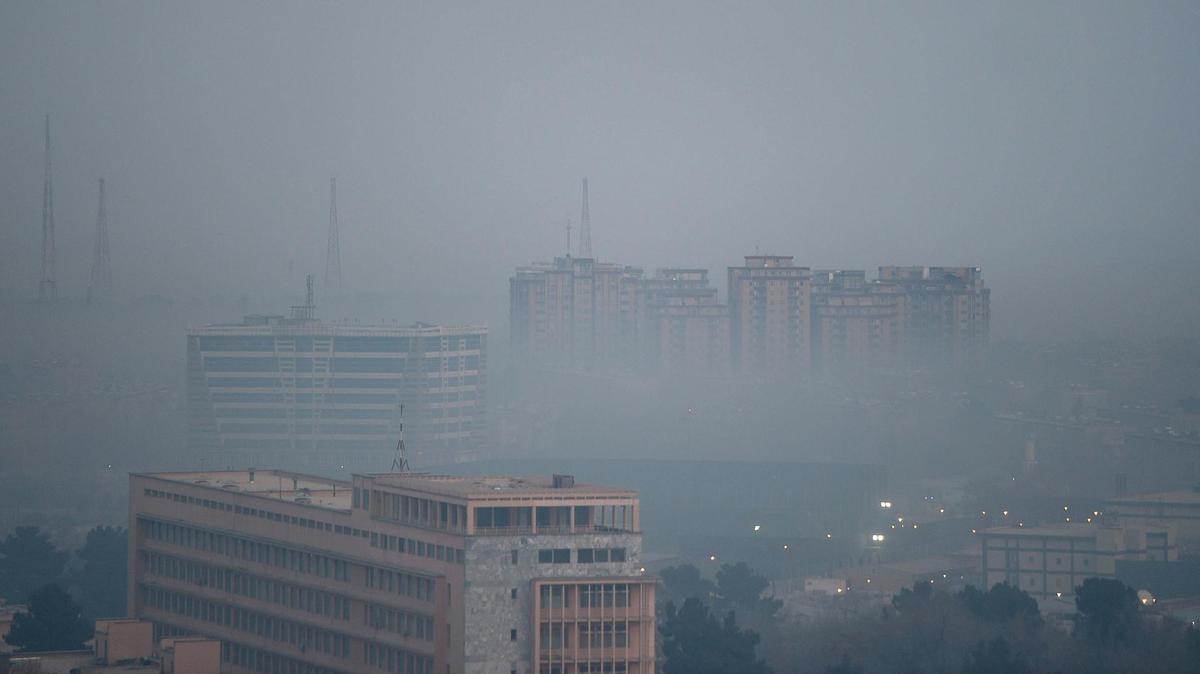Ahmad Rashid rushed his two young children to a private clinic near his home in Kabul last week after they appeared short of breath and could not stop coughing.
Asinad, 3, and one-year-old Usman were diagnosed with pneumonia induced by dangerously high levels of pollution in the Afghan capital this winter.
“They gave them antibiotics and injections for the younger one because syrups didn’t work on him. It has been a week and they are not much better,” Mr Rashid told The National.
Mr Rashid, an office assistant at a private company, and his wife also suffer from cough and breathlessness, and wear face masks outside the house.
“The doctor has advised us not to let the children out of their rooms because the air is so bad. We keep children indoors but even inside the house, we find layers of smoke and soot on the curtains and vessels coming from a hammam [public bath] close by that constantly burns rubber tyres,” he said.
The air in Kabul has been in the hazardous range for most of November and December, according to data from AIRNow, a service developed by the US State Department, with the Air Quality Index rising as high as 475. A reading of below 50 is considered good while anything above 100 is considered hazardous.
As the air quality in Kabul deteriorates to crisis levels, the rate of illness and even death due to pollution is rising.

Dr Nizamuddin Jalil, spokesman for the health ministry, said there were about 8,800 cases related to pollution recorded at 17 city hospitals in the last week of December.
“Majority were patients with cough, cold and fever, while about 20 per cent were pneumonia cases and about 5 per cent suffered from asthma and the air quality worsened their situation. This is a significant increase from last year,” he said.
Read full story on The National
